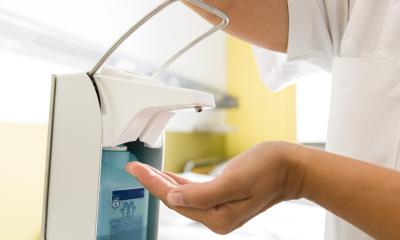Scrub the scrubs
For several year, experts have been deploring the lack of physicians' and healthcare workers' attention to hand hygiene and equipment sterilisation. Now, hospital clothes are also in the line of fire. How dangerous are the scrubs really?

Hospital infections are a growing threat all over the world. A lot of attention and scientific investigations went into the transfer of bacteria and viruses via inadequately sterilised medical equipment or insufficient hand washing. Recently, experts have started to focus on the clothes of doctors, nurses and healthcare workers.
Regulations for medically correct attire differ from country to country around the world. In most European countries hospitals have introduced infection-control practices that require the medical staff to change their clothing when arriving at work and before leaving the hospital.
Indeed there is a lack of data, if and how seriously microbes could be transmitted by clothing. But this year, UK’s National Health Service (NHS) imposed a “bare below the elbow”-rule that prohibits doctors to wear ties and long sleeves since both are associated with the accumulation of germs as doctors move from patient to patient.
In 2004, a study conducted by the New York Hospital Medical Center of Queens compared the ties of 40 doctors and other clinical staff with those of ten security guards. Researchers found clusters of bacteria in about 50 percent of the ties of the medical staff whereas only one of the ten security guards’ ties was contaminated.
Meanwhile manufacturers of professional clothing add antibacterial textiles to their product range. They point out that this could avoid the spread the of microbes within a hospital and that antibacterial attire can be considered an additional quality feature for a hospital.
Image Courtesy: Jeff Hagman/cdc
30.09.2008





